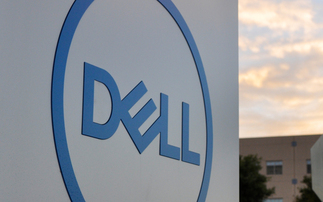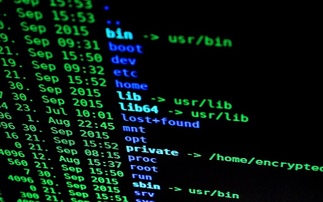Better data quality enables faster time to respond, and therefore a higher likelihood of a positive outcome
Better data quality is essential for effective security, as it enables a faster time to respond, and therefore a higher liklihood or a positive outcome. That's the opinion of Andrew Hollister, s...
To continue reading this article...
Join Computing
- Unlimited access to real-time news, analysis and opinion from the technology industry
- Receive important and breaking news in our daily newsletter
- Be the first to hear about our events and awards programmes
- Join live member only interviews with IT leaders at the ‘IT Lounge’; your chance to ask your burning tech questions and have them answered
- Access to the Computing Delta hub providing market intelligence and research
- Receive our members-only newsletter with exclusive opinion pieces from senior IT Leaders






















